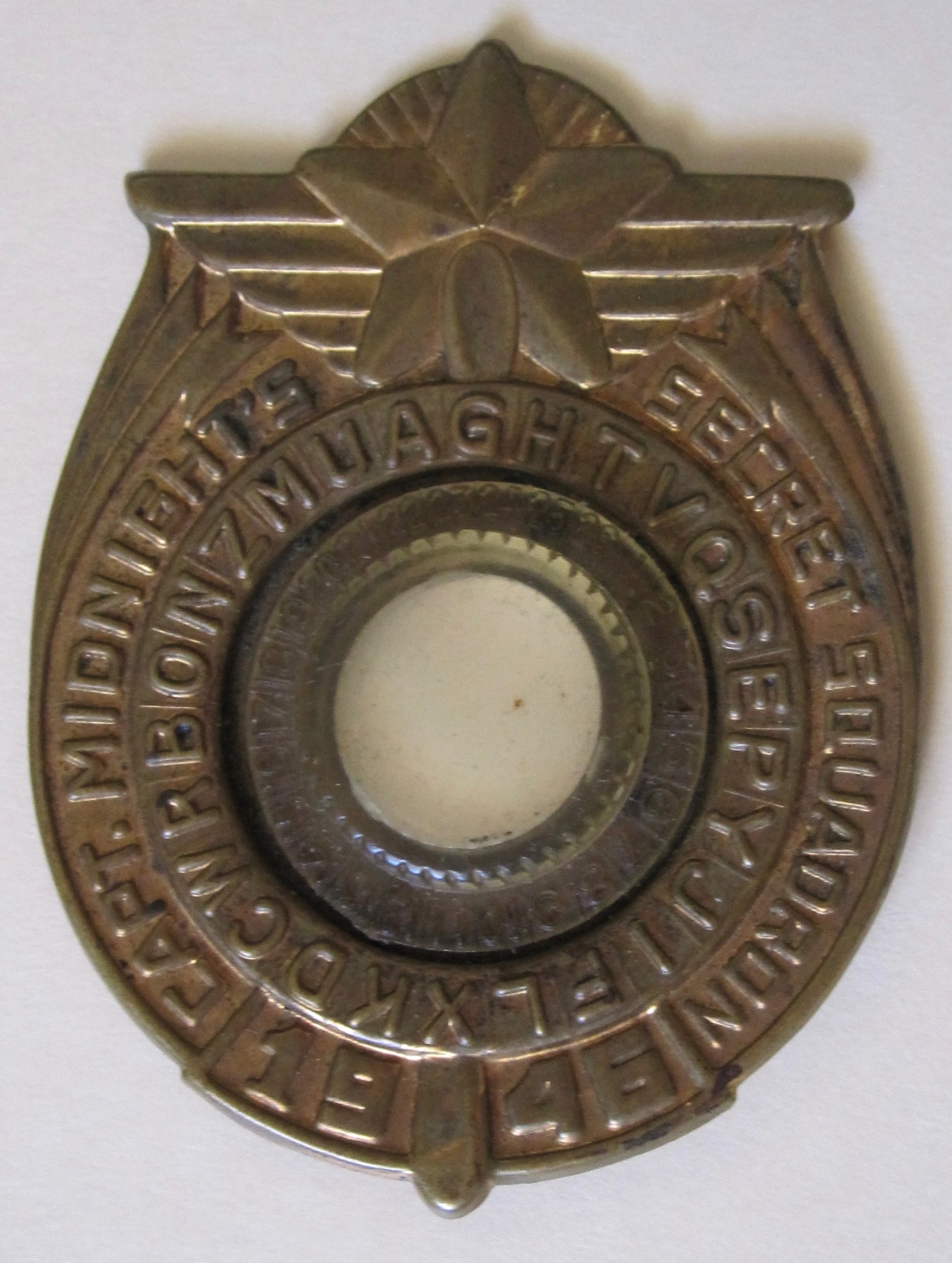Exercises 6.5 Exercises Set 14
Investigation Work
1.
Finish all investigations from in-class activities.
Computation Based Exercises
2.
If possible, find the inverses of the matrices below mod 26. If not possible, explain why not. \(\left( \begin{matrix} 5 \amp 3\\ 4 \amp 7 \end{matrix} \right)\) \(\left( \begin{matrix} 5 \amp 7\\ 4 \amp 8 \end{matrix} \right)\) \(\left( \begin{matrix} 12 \amp 4\\ 16 \amp 8 \end{matrix} \right)\) \(\left( \begin{matrix} 10 \amp 7\\ 3 \amp 4 \end{matrix} \right)\)
3.
If the matrix \(\left( \begin{matrix} a \amp b\\ c \amp d \end{matrix} \right)\) is used for a Hill cipher encryption, and \(a=\)1 or 2 and\(b=\) 3 or 4 and \(c= \)5 or 6 and \(d=\)7 or 8, find all combinations that would create a valid matrix for a Hill cipher.
4.
If the matrix \(\left( \begin{matrix} a \amp b\\ c \amp d \end{matrix} \right)\) is used for a Hill cipher encryption and both letters of the plaintext correspond to even numbers, what, if anything, can you say about the corresponding cipher text letters?
5.
If the matrix \(\left( \begin{matrix} a \amp b\\ c \amp d \end{matrix} \right)\) is used for a Hill cipher encryption and both letters of the plaintext correspond to odd numbers, what, if anything, can you say about the corresponding cipher text letters?
6.
The ciphertext LD HM YZ GR EG CR AP JS YE BB LU DJ XD RB UF OI CR YK CW corresponds to a message that has the word EASY in the plain text. (And the word EASY is encrypted in blocks as EA SY.) Find where it must occur in the cipher text. Bonus: find all possible decryption matrices. (That is, PT=A(CT) mod 26).
7.
Let \(\left( \begin{matrix} 2 \amp 3\\ 3 \amp 4 \end{matrix} \right)\) be the encrypting matrix for the Hill cipher. Find \(PT_2\) and \(CT_2\) such that
- \(\left( \begin{matrix} 2 \amp 3\\ 3 \amp 4 \end{matrix} \right) {\left( {\begin{matrix} {E} \\ {PT_2} \end{matrix}} \right) }= {\left( {\begin{matrix} {H} \\ {CT_2} \end{matrix}} \right) }\) mod 26. (That is, so that E gets encrypted as H.)
- \(\left( \begin{matrix} 2 \amp 3\\ 3 \amp 4 \end{matrix} \right) {\left( {\begin{matrix} {C} \\ {PT_2} \end{matrix}} \right) }= {\left( {\begin{matrix} {H} \\ {CT_2} \end{matrix}} \right) }\) mod 26. (That is, so that C gets encrypted as H.)
- \(\left( \begin{matrix} 2 \amp 3\\ 3 \amp 4 \end{matrix} \right) {\left( {\begin{matrix} {E} \\ {PT_2} \end{matrix}} \right) }= {\left( {\begin{matrix} {G} \\ {CT_2} \end{matrix}} \right) }\) mod 26. (That is, so that E gets encrypted as G.)
- \(\left( \begin{matrix} 2 \amp 3\\ 3 \amp 4 \end{matrix} \right) {\left( {\begin{matrix} {E} \\ {PT_2} \end{matrix}} \right) }= {\left( {\begin{matrix} {E} \\ {CT_2} \end{matrix}} \right) }\) mod 26. (That is, so that E gets encrypted as E.)
- Can a letter be encrypted as itself using the Hill cipher?
8.
Repeat the previous problem with the matrix \(A=\left( \begin{matrix} 3 \amp 2\\ 4 \amp 3 \end{matrix} \right) \) instead of the above matrix.
9.
The ciphertext GT JZ TR OG GL RL XC ZN JZ TR OG YK CW is encrypted with a Hill cipher.
- The plaintext corresponding to this ciphertext has the words “WH AT IS” in it twice (blocked in that form). Find where it occurs in the ciphertext.
- Find all the possible decryption matrices. (That is, PT=A(CT) mod 26).
- Determine which of the above matrices decrypts the message and state the decrypted message.
